Deterring Urban Wildlife
While nature is a generous provider, it is also capricious, sending various forms of nuisances that try homeowners everywhere. Wildlife creatures, despite their name, often have a habit of wandering into human settlements and wreaking havoc to the property.
Raccoons
Raccoons are probably the most common nuisance wildlife for Canadian homes. They have acclimated to the presence of humans and have adapted to relying on their discards to survive. They are night time bandits hell-bent on raiding garbage cans and dumpsters for food and will leave a mess of trash and rotten food in your lawn. This, in turn, can attract other pests like rats and cockroaches to your property. They have also been known to defecate in swimming pools.
Besides these minor annoyances, raccoons in your lawn or home can also be dangerous. Because they look adorable, people forget that they have sharp teeth and claws which they can use to can bite and scratch when threatened. They are also carriers of various diseases and parasites that can harm both you and your pets. These include:
- Leptospirosis
- Listeriosis
- Parvoviral enteritis
- Canine distemper
- Baylisascaris Procyonis
- Rabies
Because of this particular danger, it’s best that you let a professional raccoon removal expert deal with them.
Squirrels
Another of home ownership’s cute nuisances are squirrels. While it’s widely known that they are foragers, people often don’t pay attention to where they store the food they’ve gathered. Squirrels may view your manicured lawn as their personal storage space (particularly in the fall) and end up digging holes in your landscape to make room for their stash. Note that other animals also like digging holes in lawns.
Squirrels also have an affinity for certain flowers (tulips and crocus bulbs in particular) and may take bites out of them. If you have fruit and nut trees on your property, squirrels may target these as well. They also like to nibble on wood, which means they can even start gnawing on wooden furniture on your lawn or patio.
Moles
Moles do not pose much danger to humans or other animals. However, they have a penchant for digging burrows underground and can rain destruction down on your lawn. A lone mole can transform a beautiful residential landscape into a collection of dirt piles and tunnels. They can destroy flower beds, injure the roots of plants, and uncover rocks and stones, which can damage equipment like lawnmowers.
The damage is multiplied if a mole gives birth to a litter in your property. Young moles develop quickly and can come in a litter of as many as seven pups, each looking to build their own tunnel network.
Skunks
Skunks are notorious for their defensive tactic — they turn their backs on the threat, lift their tails, and discharge an extremely foul-smelling liquid from glands next to their anus. This substance, while known for its offensive smell, does not only attack the olfactory sense. It can also cause temporary blindness in the target.
Additionally, while skunks can benefit a garden by eating harmful insects, like horn worms, they are omnivores and can also nibble on the leaves and fruits of plants and trees. Like raccoons, they have adapted to living with humans and may rummage through your garbage as well. They also have no qualms about digging in your flower beds to dig for their grubby feasts.
Opossums
Opossums are opportunistic scavengers. Much like raccoons, opossums are also known to raid garbage cans, steal pet food, get into compost piles, and cause a variety of other problems.
They also like to take up residence in human structures, including attics, porches, and decks, where they can leave droppings and damage property. Additionally, although opossums are more likely to hiss and reveal their teeth when threatened, they can — and will — bite when they are trapped or cornered. They are also carriers of parasites and certain diseases and can transmit them to both humans and pets. These include:
- Parasites (such as fleas, ticks or lice)
- Leptospirosis
- Tuberculosis
- Toxoplasmosis
- Chagas disease
- Typhus (via insect bites)
It may be best to call a wildlife removal company to deal with an opossum problem.
Weasels
Like moles, weasels are also known to burrow underground. In addition to the damage they can cause to your lawn, weasels can also pose a threat to small animals or pets outside your home. They are carnivorous and ravenous and can go on a killing spree right on your property. They are notorious for stealing chicken eggs, can injure poultry (if you have any), and leave the bodies of small birds or chipmunks in the aftermath.
Keeping Wildlife At Bay
Before you try to remove these pests from your lawn, you first have to:
- Determine which creatures have infiltrated your property so that you know what you’re dealing with and are prepared accordingly. Handling a relatively docile mole is vastly different from a face-off with an aggressive raccoon.
- Learn about their general behaviour. Understanding their habits can help you develop effective strategies to keep them from your property.
Give the following wildlife control methods a try. Make sure the technique you opt for is suitable for the situation and the type of creature wreaking havoc to your lawn.
Note that Canada has stringent rules for wildlife control. It must be humane, legal, and in accordance with the Canada Wildlife Act.
- Make your lawn less appealing to wildlife. Seal entryways or crawl spaces like those under your porch or deck. Keep your yard clean to minimize areas where pests can rest or hide.hiding or nesting areas. Reduce food sources by sealing your compost pile, securing the lids of garbage cans, reducing the number of grub worms in your lawn.
- Use repellents. You can use artificial repellents like ultrasonic repellers or noisemakers to deter wildlife from entering your property. However, these may lose their efficacy over time since animals can get used to the stimulus. Chemical repellents, like mothballs, are also effective; however, they can be dangerous to pets and children. Natural repellents include:
- Droppings of cats and dogs
- Predator urine
- Garlic
- Capsaicin, to deter chewing on furniture
- Plants, like castor bean and daffodils (against squirrels)
- Set up traps. No, not mouse traps. Use humane cage traps. Typically, you use this along with a bait that lures the offending animal inside. It’s an effective method for capturing squirrels and moles. However, knowing what to do with them afterwards can be tricky. Know whom to call for wildlife removal when you’ve successfully captured the invader.
- Barricade plants with mesh. This will keep critters from burrowing into the ground beneath them and from nibbling on leaves and buds.
- Put up a fence. Deter animals from entering your home in the first place with a sturdy fence. If you put up an electric fence, it can emit mild electric shocks that will ward off unwanted visitors. You can also use mesh to cover gaps in the fencing. Additionally, if your problem is only seasonal, you can dismantle it as soon as your problem disappears.
If you have a critter problem in Toronto or the Greater Toronto Area, contact Liddle Rascals Wildlife Control. We offer critter removal services that are safe and humane for both the residents and the animals in question. Our services include a thorough home inspection and advice on repairs, remedies, and prevention.
Expert Raccoon and Wildlife Removal in the Greater Toronto Area
We are available 24 hours a day, seven days a week.
Call us at (416) 356-5886 or contact us online.





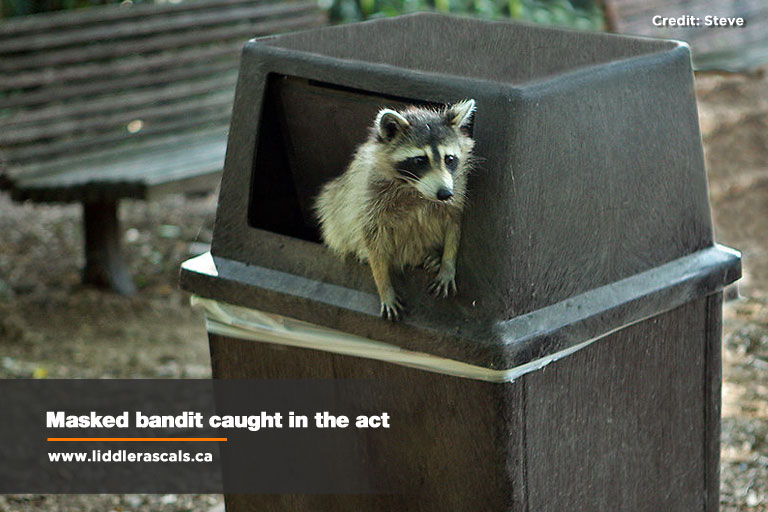
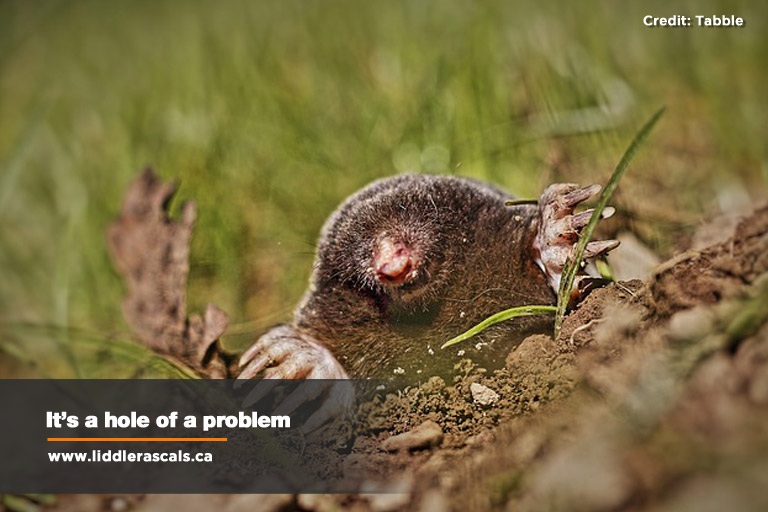
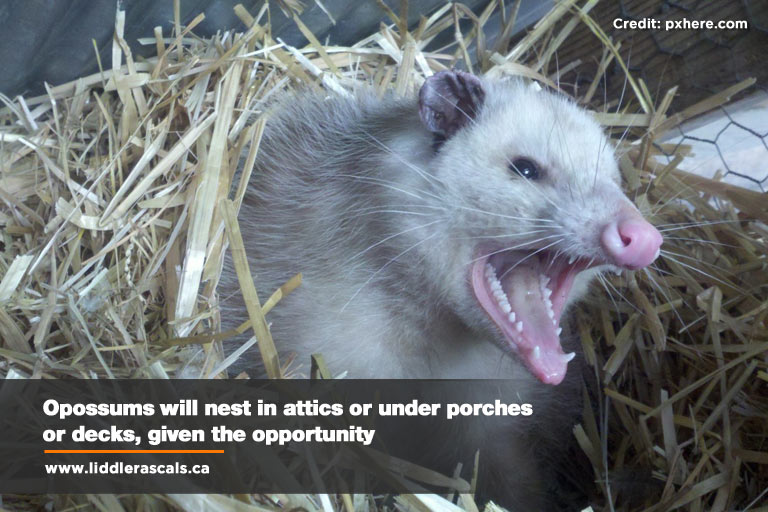
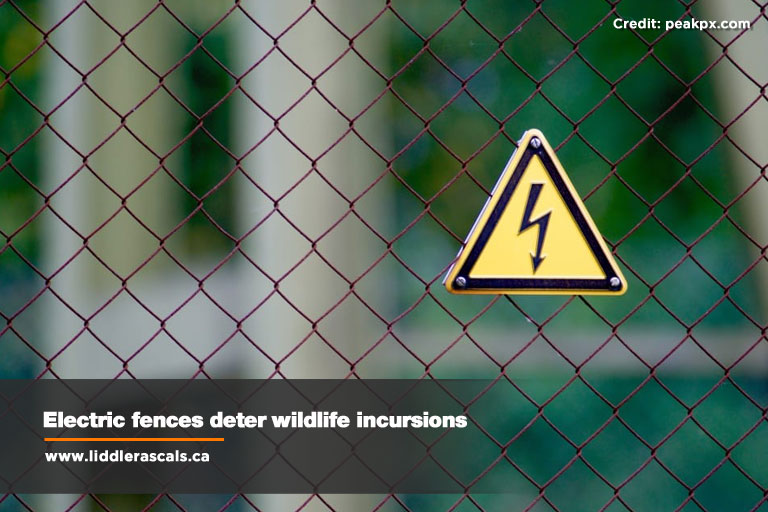
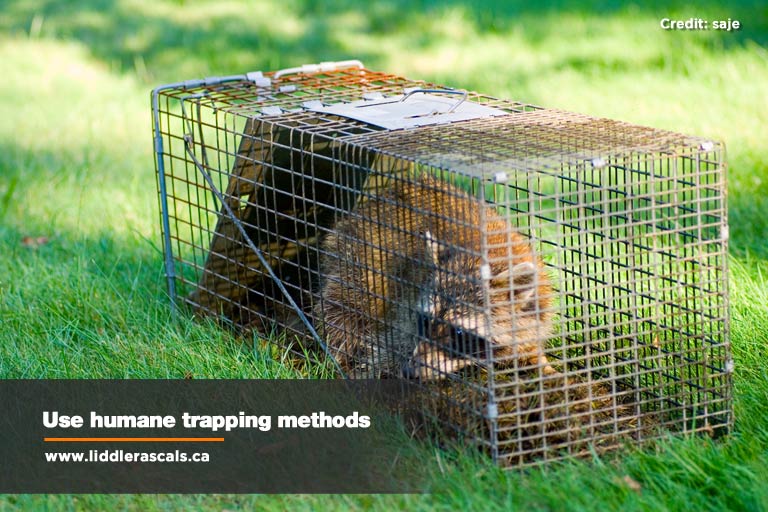
Leave a Reply
You must be logged in to post a comment.